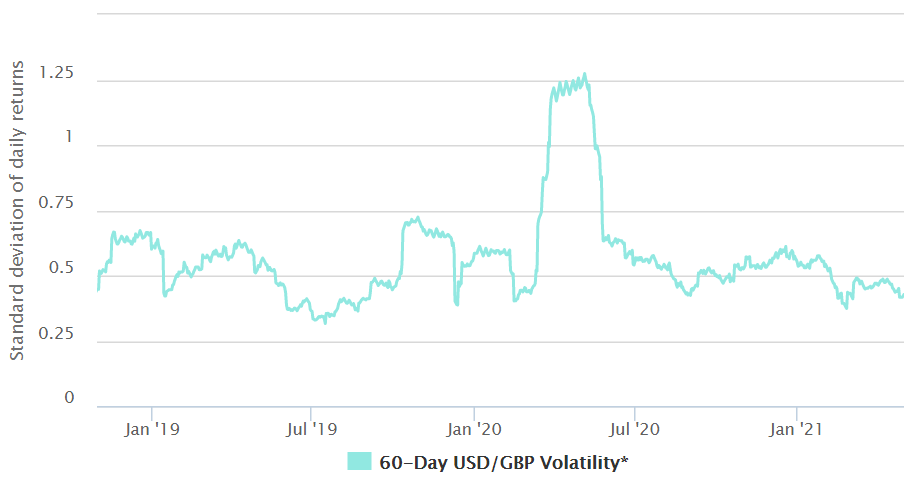The crypto sector is in a bull market, and frequent evidence comes from anonymous traders who post their five-, six- and seven-figure investment returns as screenshots on Crypto Twitter.
This condition creates a FOMO-like situation where everyone gets greedy. The temptation to boost potential earnings by twenty times or more is often irresistible for most novice traders.
Today, almost every cryptocurrency exchange offers leveraged trading using derivatives. To enter these markets, a trader has to first deposit collateral (margin), which is usually a stablecoin or Bitcoin (BTC). However, unlike spot (regular) trading, the trader cannot withdraw from a futures market position until it has been closed.
These instruments have benefits and can improve a trader’s outcomes. However, those who often rely on incorrect information when trading futures contracts end up with heavy losses rather than profits.
The basics of derivatives
These leveraged futures contracts are synthetic, and it is even possible to short or place a bet on the downside. Leverage is the most appealing aspect of futures contracts, but it is worth noting that these instruments have long been used in stock markets, commodities, indexes, and foreign exchange (FX).
In traditional finance, traders measure daily price change by calculating the average closing price changes. This measure is widely used in every asset class, and it’s called volatility. However, for various reasons, this metric isn’t helpful for cryptocurrencies and can harm leverage traders.

Markets with very low volatility are perfect for leverage
Knowing the general range of how an asset oscillates is extremely important when opening leverage positions. Take the British Pound Sterling (GBP), for example, and one will notice that its volatility is usually below 1% as surprise aggressive daily price changes are unusual.

For a cryptocurrency trader, the Swiss Franc’s (CHF) daily change versus the U.S. dollar would likely be seen as a stablecoin.


20x leverage seems crazy considering Bitcoin’s daily moves
To put things into perspective, a 5% move in the wrong direction is enough to liquidate any 20x leveraged Bitcoin position. This data is clear evidence that traders should really consider risk and volatility when leverage-trading cryptocurrencies.
Fast profits are nice, but what is more important is being able to survive the usual daily price swings to hold on to those unrealized gains.
Although there’s not a magical number to set the best leverage for every trader, one must account for the effect of volatility when calculating liquidation risks. Those aiming to keep positions open for more than a couple of days, aiming for 15x or lower leverage, seem to be ‘reasonable.’
The views and opinions expressed here are solely those of the author and do not necessarily reflect the views of Cointelegraph. Every investment and trading move involves risk. You should conduct your own research when making a decision.







Leave A Comment